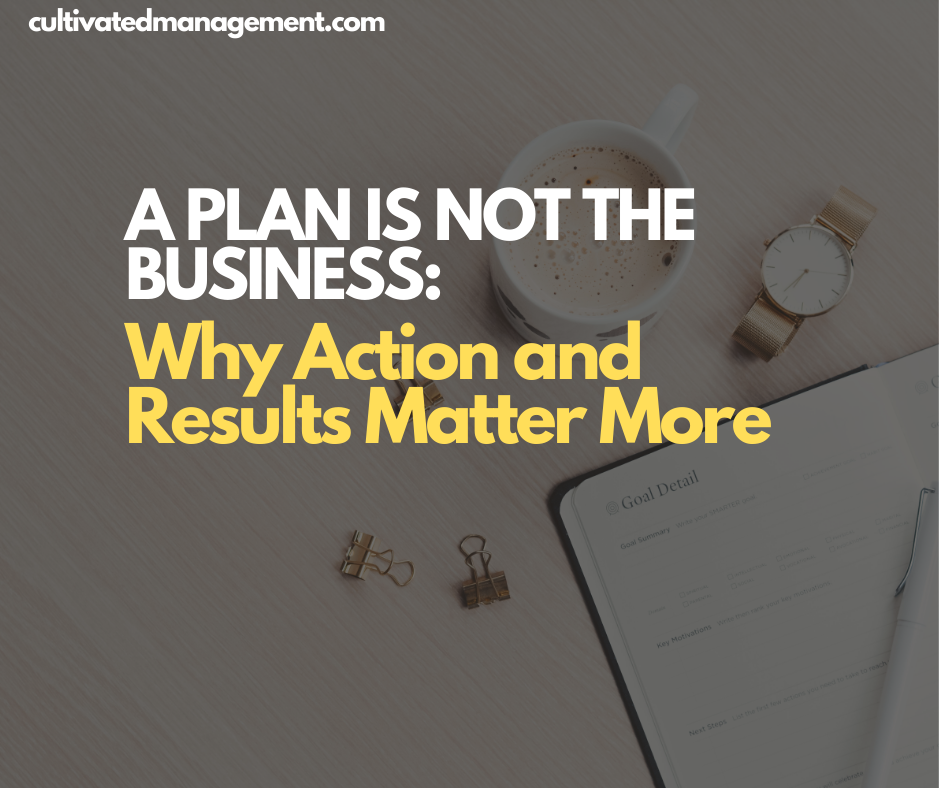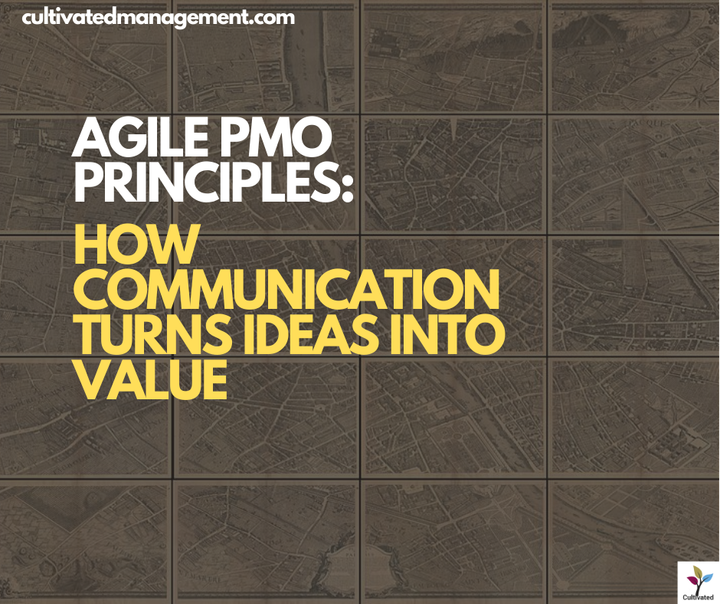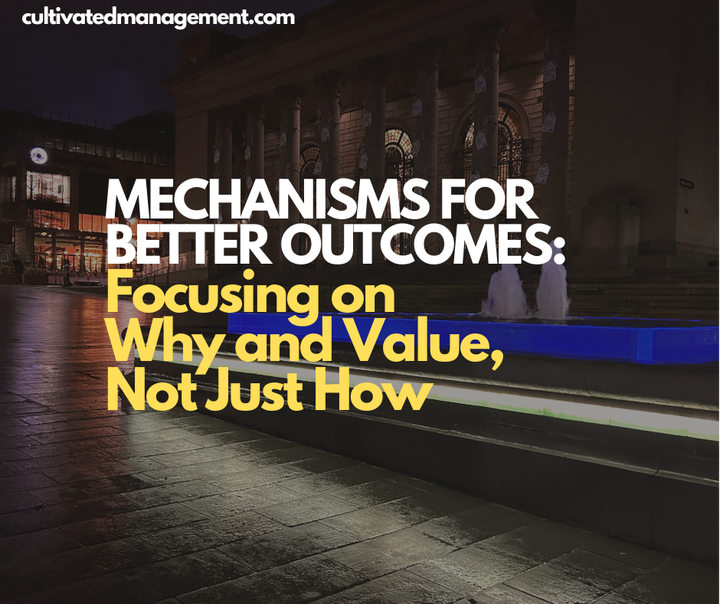A Plan Is Not the Business: Why Action and Results Matter More
Learn why having a plan isn’t enough, and how prioritising action, execution, and value drives better workplace performance and business outcomes.

I have a complicated relationship with plans.
I love them. They bring clarity. They align teams. They stop us being distracted by the countless small problems that exist in every business. A good plan is the backbone of a good strategy. It shows us where to focus and what to ignore.
I hate them. Too often, people follow a plan rigidly, even when it’s clearly wrong. Following the plan becomes the goal. Achieving what the plan was meant to achieve fades from view.
Here’s the thing: a plan is a map, not the territory.
Alfred Korzybski’s words are worth remembering: “The map is not the territory.” The map can guide you, but it isn’t the reality itself.
The Releasing Agility model starts with storytelling - then overcoming the obstacles with a plan. We work out where we’re going, understand our current reality, and build a plan to bridge the gap.
But here’s the caution: the plan will become out of date. Quickly. If it doesn’t, maybe we’re not challenging ourselves, not learning, not moving at all. Markets shift. People leave. Problems surface. Things don’t go to plan. And that’s okay — the plan itself is still useful. It’s a framework, a guide, a way to move forward. And it needs updating, often.
A plan should do three things:
- Give direction. It shows the path from where you are to where you want to be.
- Leave room to learn. Reality will throw new information, obstacles, and surprises at you. Your plan should bend to absorb them.
- Anticipate mistakes. “Failure is not an option” is a dangerous mantra. Humans are messy. The plan must allow for error, experimentation, and recovery.
Every action, interaction, and small misstep exerts force on your business. These tiny forces, unnoticed, can either nudge you forward or pull you off course. If you rigidly follow the map without acknowledging the terrain, you risk being adrift.
The point is simple: your plan must leave space for exploration, creativity, and learning.
It should be specific enough to provide direction, yet flexible enough to adapt. The purpose of your plan is to bridge the gap between now and your future ambitions. That purpose doesn’t change, even as the plan itself evolves.
Learning is the engine of agility. It tells us what works, what doesn’t, and what to do next. A plan won't do that – but the execution of the plan, the tactics, will. Every plan should be designed to generate learning from those implementing it. When you embrace this, the plan becomes a living tool, not a rigid set of instructions.
In Releasing Business Agility, plans help us uncover obstacles. Not every problem can be identified at the outset. You will discover more as you move forward. And the plan should allow you to respond, adapt, and release agility along the way.
A plan without flexibility is dangerous. No plan at all invites chaos. The balance lies here: create a plan, then learn, adapt, and evolve.
A plan is also a way to align people and communicate intent. It provides clarity without stifling creativity. Having no plan leads to confusion; a rigid plan leaves no room for growth. A good plan is alive, reflective, and responsive.
Remember the old military saying: “No plan survives first contact with the enemy.” That doesn’t mean you shouldn’t have a plan. It means the plan must move with reality, not against it.
Plan. Learn. Adapt. Repeat. That’s how you release agility.
Trinity of Effective Communication Bundle: Get Zero to Keynote, Workshop Mastery, and the Communication Superpower course—all in one powerful package.


